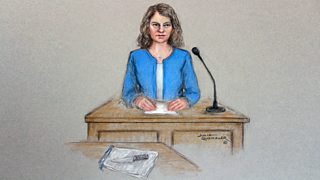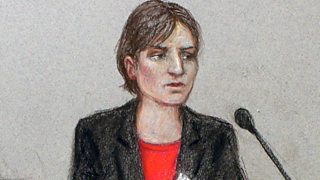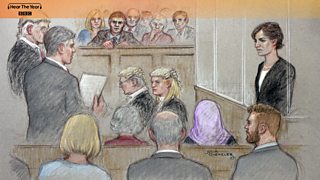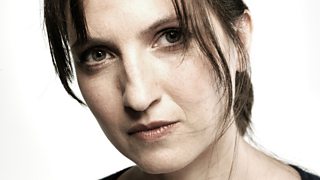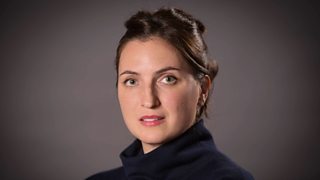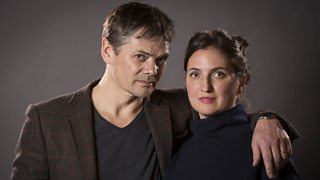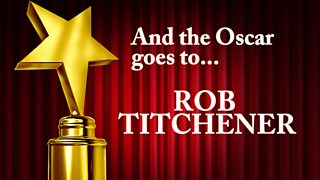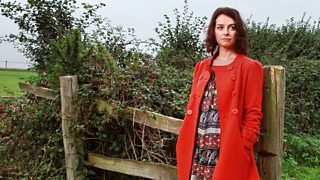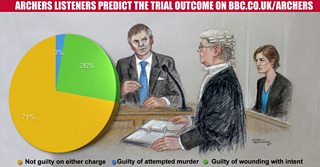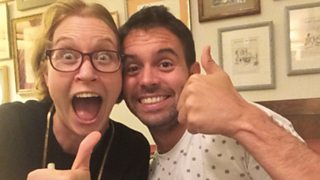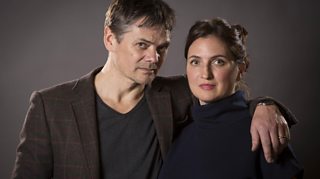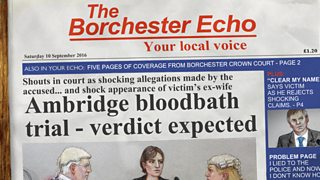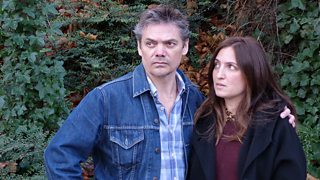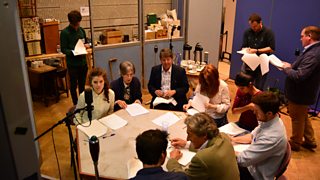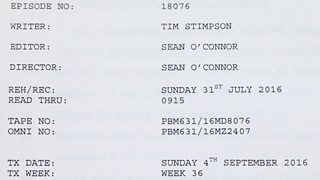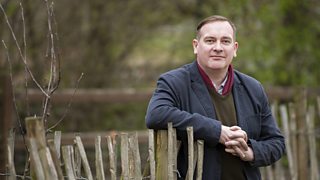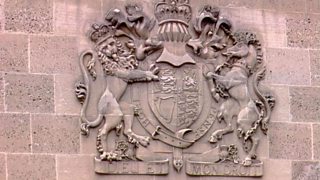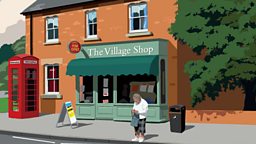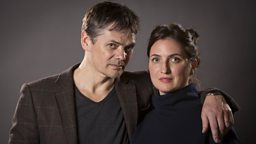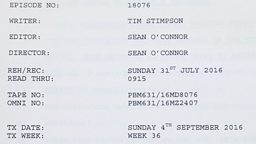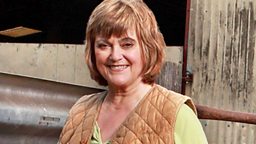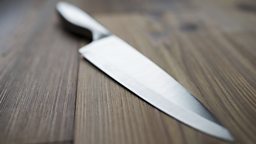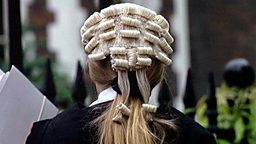Inside Borchester Crown Court
During The Archers Trial Week we'll illustrate key moments of the trial with court images created by the court artist Julia Quenzler.
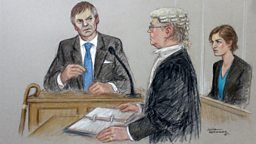
Julia Quenzler has been a court artist for 30 years and has covered many high profile cases such as the trial of Harold Shipman and the Soham Murders trial. Her career originally began in the States and now she illustrates court cases for the British press as well as the 大象传媒. Recently she’s been commissioned to draw The Archers’ most dramatic trial ever, the investigation into the stabbing of Rob Titchener by his wife, Helen.
What was it like to draw The Archers’ trial week?
It’s been fascinating, I’ve thoroughly enjoyed it. But of course I haven’t been able to tell anyone I was doing it so I’ve had to refer to it as a secret project. I didn’t want anyone asking me any questions and my face giving anything away...
How did you approach the task?
Normally as a court artist I’m not allowed to sketch in court, as that’s considered contempt of court, so I work from written notes and memory. As well as seeking to capture a resemblance, I look out for body language and demeanour. In this case, having to work from a script, I was working from imagination. I was given a few photographs of the actors but I was reminded that obviously many listeners have conjured up their own image of how each character looks. I was also told that the trial would be held in a typical 19th century court building so I drew the sort of panelling they might have had.
What was the most challenging thing about the project?
Normally I will leave the court room after fifteen minutes, then I take my notes off to a press room where I can work on my drawing. I normally have about an hour to work on it, and then it will be ready to be filmed for the lunch time news. These took quite a lot long longer because of the research and referring back to the script.
Is this the first time you’ve done something like this? (If not, when/what was it?)
I did some drawings for the Judge John Deede series. And a few years ago, The Observer magazine ran a fictional trial of Lee Harvey Oswald. They bought famous real lawyers over from Texas, and a judge and jurors from the US, and an actor to play Oswald. I was able to observe as they were shooting it, took notes and then drew the pictures. That was fascinating.
Have you illustrated a (real) domestic violence case in the past?
Quite a few, yes. Not nice to listen to.
Did knowing what Rob had done to Helen affect the way you drew him?
I can’t let that influence me at all. I was basing his appearance on the actor’s photograph but also the script. I was reading the script and noting his reactions, the tone of his voice, imagining what he would be doing with his hands while he was in the witness box.
Is it hard not to take sides when you are drawing people?
I’m often asked if I make the accused look evil. Generally murderers don’t look like murderers. I can’t presume anyone’s guilt, it’s not for me to do that. I’m not judging the case, I’m going strictly by what I see, and what the jury see. Somebody might look completely benign when they may have been accused of the most awful crimes. They just look like the guy next door.

